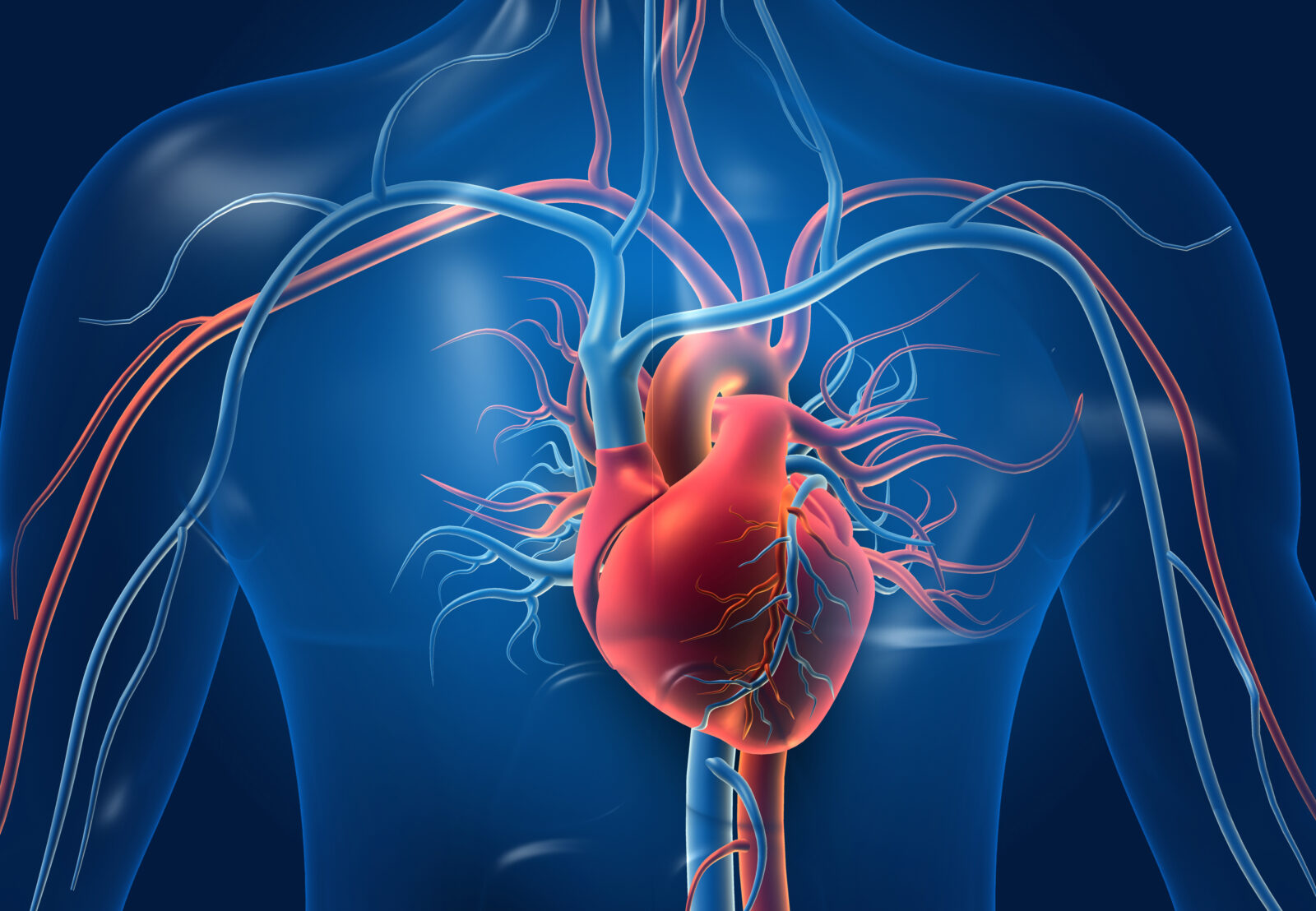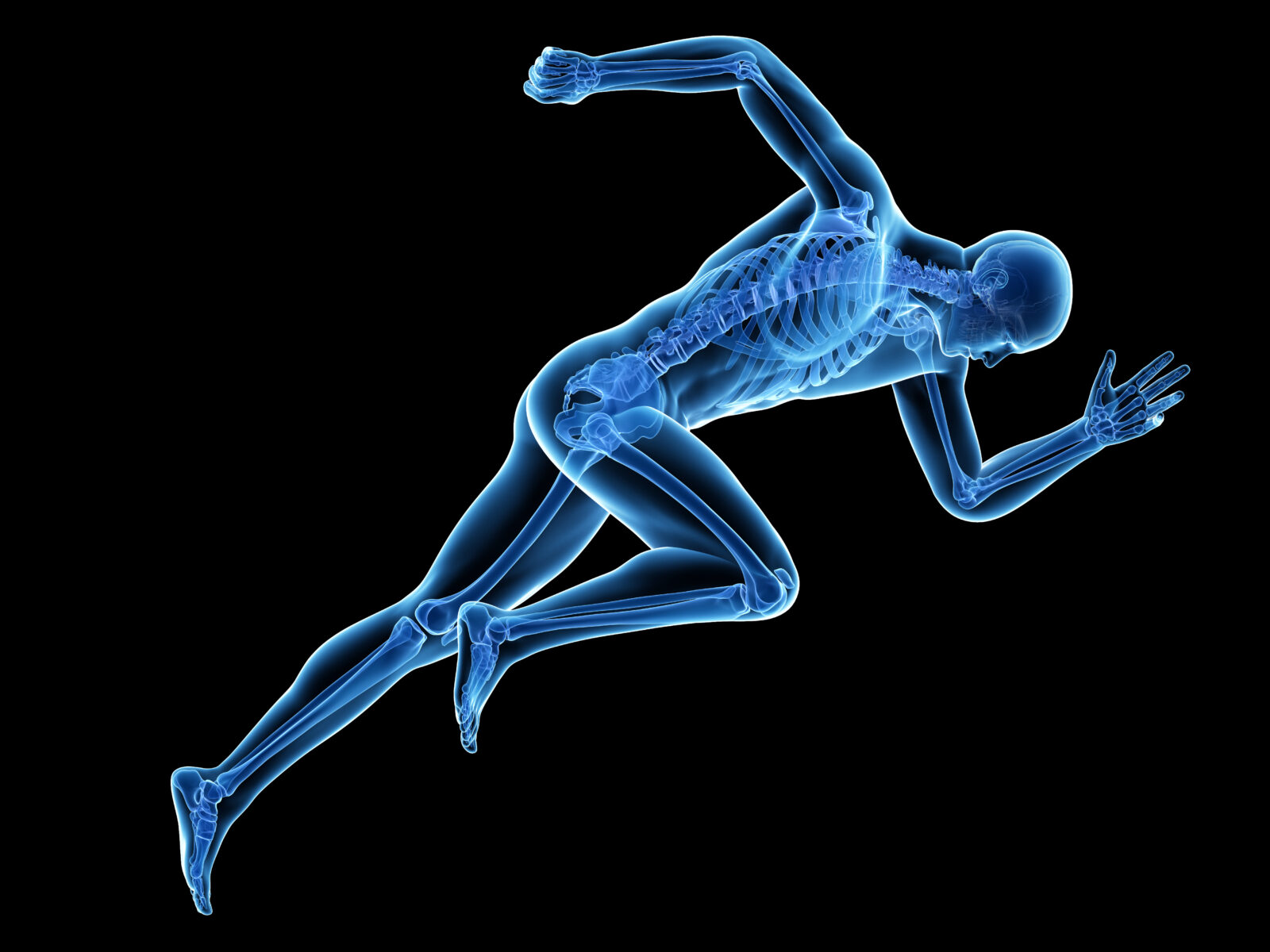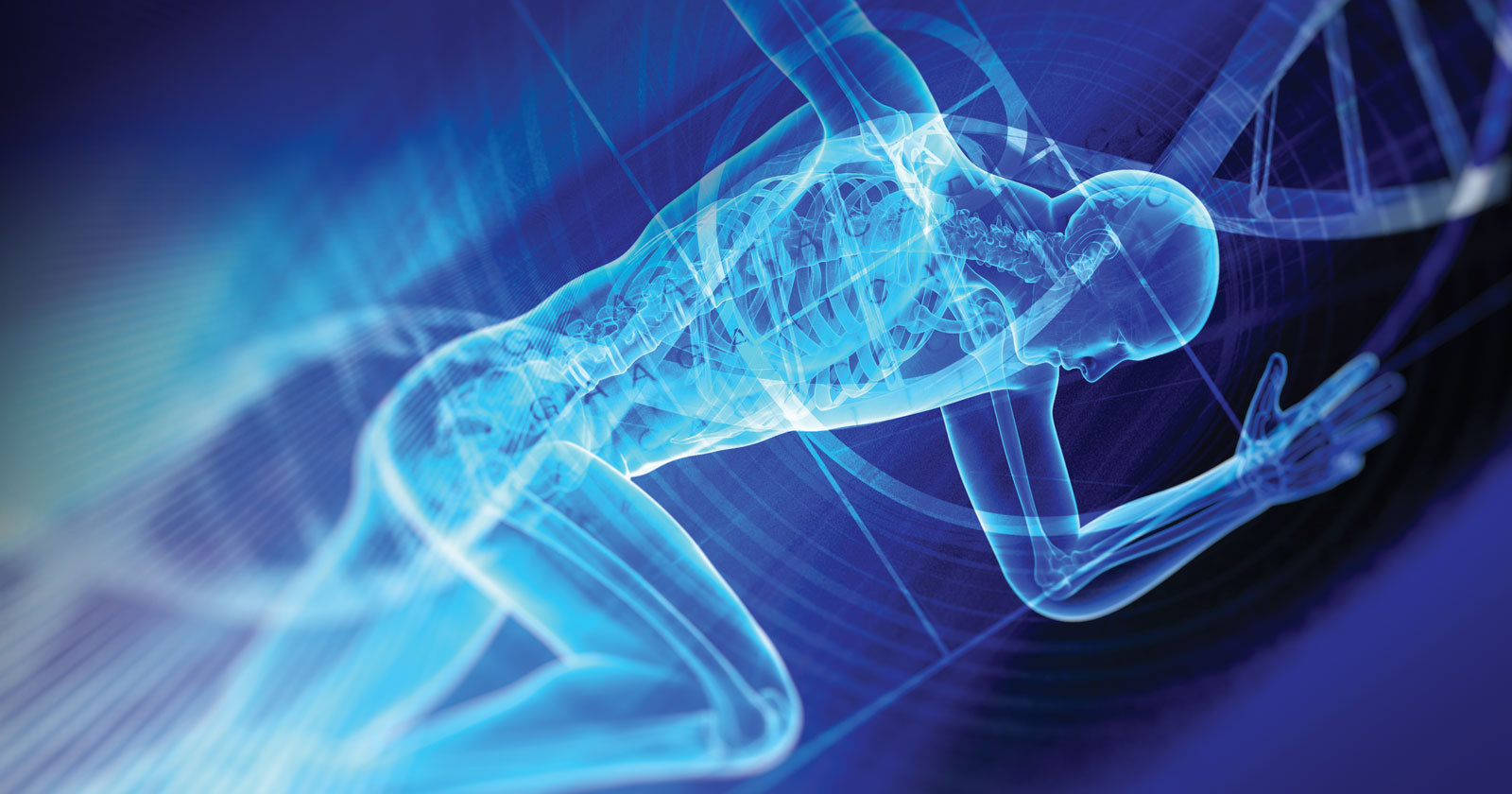


Engineering, not Evolution, Explains the Body

Your Designed Respiratory System: Causal Circularities and Irreducible Complexities
On this ID the Future, Your Designed Body author and physician Howard Glicksman again sits down with host and professor of neurosurgery Michael Egnor to further explore Glicksman’s new book, co-authored with engineer Steve Laufmann. Here Glicksman gives a quick flyover of what they explore in fascinating depth in the book, namely the irreducible complexity of that extraordinary systems of systems that is the human respiratory system. As Glicksman explains, there are individual systems that are irreducibly complex, and these are joined together into a higher-level system of systems that is also irreducibly complex, marked by causal circularities and coherent interdependencies at every turn. Without all of it guided by various highly precise control mechanisms, no life. Darwinian gradualism is powerless to construct such wonders, Glicksman and Laufmann argue. The better explanation, they suggest, is the ingenious engineering of an intelligent designer. Get your copy of the book here.